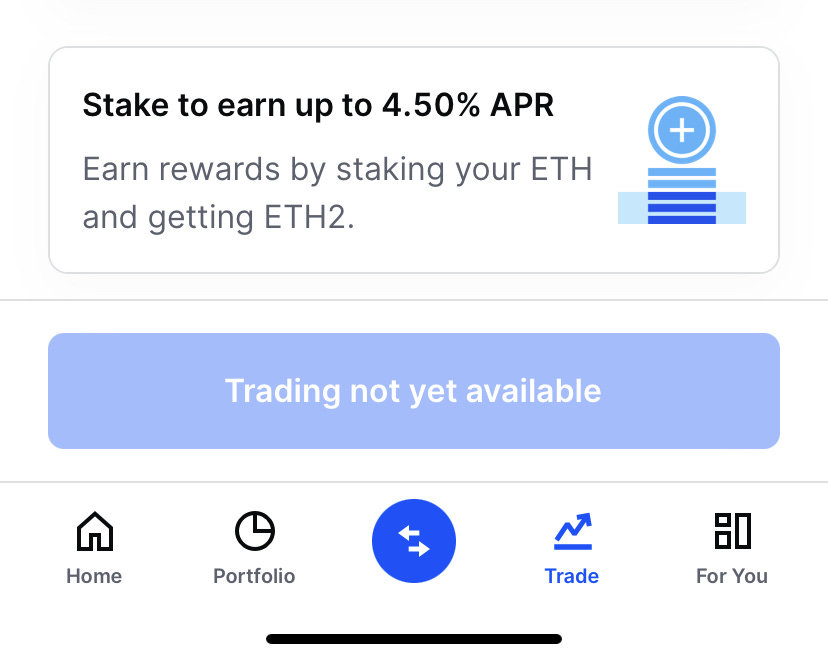Finding Equilibrium #8: Scenius, What Yelp teaches us, and Mimetic Theory
Hello Everyone,
I’ve been slowly working through a book that’s continuously amazing me: The Sovereign Individual. While it’s not the smoothest read, its authors predicted crypto and web3 back in 1999! It’s a testament to how powerful history can be for pattern matching, and will hopefully take me down a few rabbit holes.
But we’ll save the book summary for later. The world’s evolving so fast that it’s hard to pick just 6 things every two weeks. It's a good problem to have though, so here's 3 reads, 2 tweets, and 1 startup to ponder about.
Lets jump in:
Reads:
What did time-place combinations like Ancient Greece, Renaissance Florence, Elizabethan England, and Silicon Valley all have in common? They were tiny pockets that engendered enormous global impact. Identifying patterns in these ultra-creative eras helps us form better hypotheses on where we could go, which is exactly what this essay does.
Each era represents something called a Scenius. Kevin Kelly describes it as "like genius, only embedded in a scene rather than in genes.” Basically, it's when tons of people were galvanized to continuously create stuff together (ideas, technology, art, etc.) This essay unravels the 11 intertwining themes that enable Scenius, and makes it hard not to get excited about today.
With its global connectivity, in-built economics, and dissolving barriers to entry, web3 is looking a lot like a Scenius creating tool. It's composable, so people can build on top of each other. It's global, so diverse people can collaborate and invent. And it's inclusive, with tools like NFTs bringing creatives into the fray. We could be in a global Scenius, which would be pretty awesome.
The Future of Operational Analytics: What we can learn from Yelp:
Yelp is far from the epitome of beautiful software, but it got one thing right: building an experience instead of a dashboard. Data-driven dining has become so natural, we don't even realize we're doing it! This article uses Yelp's model to explain why many analytics projects fail and how to think about future solutions. As we generate more data and get better at connecting it all, it'll be crucial to emphasize this experience over the data. I liked this question as a way to think through tackling the problem:
“How do we make data fit as naturally into the decisions we make in businesses as it does when we make decisions about what to eat?”
Proof of Stake is a major part of scaling blockchains. Instead of running expensive mining rigs to maintain blockchains, it just requires people to deposit funds (staking) to validate transactions and earn rewards. This makes blockchains run faster and allows far more people to participate (If you have the Coinbase app, search for "ETH2" to see how easy it is to start staking). But bringing more people into the ecosystem has enormous economic implications. By modeling Layer 1 Blockchains (Bitcoin, Ethereum, etc.) as "Nations" and Proof of Stake as an "economic engine", this article does a phenomenal job of unravelling the potential futures Proof of Stake could unlock.
Tweets:

Earlier this year, a book called "Wanting" unravelled a wide-reaching psychology theory: Mimetic theory. Mimetic theory explains how human desire isn't independent - we just want what other people want. It explains much of our decision making and behaviors: from market bubbles to competitions and even collecting Michelin stars! In fact, it explains why we're growing more divided even though our world's more connected. This is the best summary I've found, and it also points to how being aware of mimetic theory enables us to leverage it - if we're conscious of ourselves, we can steer clear of unhealthy extrinsic wants fueled by mimetic desire.
A powerful framing on emerging software. Many software projects look cool, but exponential benefits come from enabling composability: the ability to build on top of each other. That's why 90% of the software we use is rooted in opensource - people had a starting point, refined it, and sold it. It's also why web3 could proliferate faster than Web 2.0 did. Composability is baked in by default, there's near-seamless global participation, and protocols are already being built on top of each other (remember those Layer 2s from last issue!) I bet this applies to more than just software too - composable ideas probably lead to some of the best inventions.
Startup of the Week
I can't send out this issue without sneaking in a little Biotech. The Biotech-Cloud-Computing parallel is a pattern I can't seem to shut up about, and here's a crazy company building that world: Culture Biosciences.
In an uncanny parallel to Data Centers, Culture Biosciences builds "Bioreactor Centers" that scientists and engineers can rent for experiment execution. Just like software developers rent server capacity from AWS, scientists rent bioreactor capacity from Culture Biosciences!
This means scientists and engineers won't have to worry about experiment maintenance and execution. Instead, they focus on their specialty (designing the right investigations), send designs over the cloud, provide samples, and let Culture Biosciences do the rest.
Platforms like this diminish the capital needed to start a Biotech company. Just like anyone can start a software company with a credit card and a laptop, we’ll eventually see a similar emergence in Biotech. As biology becomes increasingly codified with tools like CRISPR and mRNA, and execution (efficacy tests, regulation, etc.) gets streamlined with platforms like Culture Biosciences, Biotech stands to accelerate. It's growing increasingly composable, and could morph into its own Scenius!
Thank you for sticking with me, hopefully this got the wheels churning a little bit. As always, please keep the feedback coming by hitting reply! It’s incredibly helpful to get a view into what reading these posts is like.
See you all in 2 weeks,
Aqil







